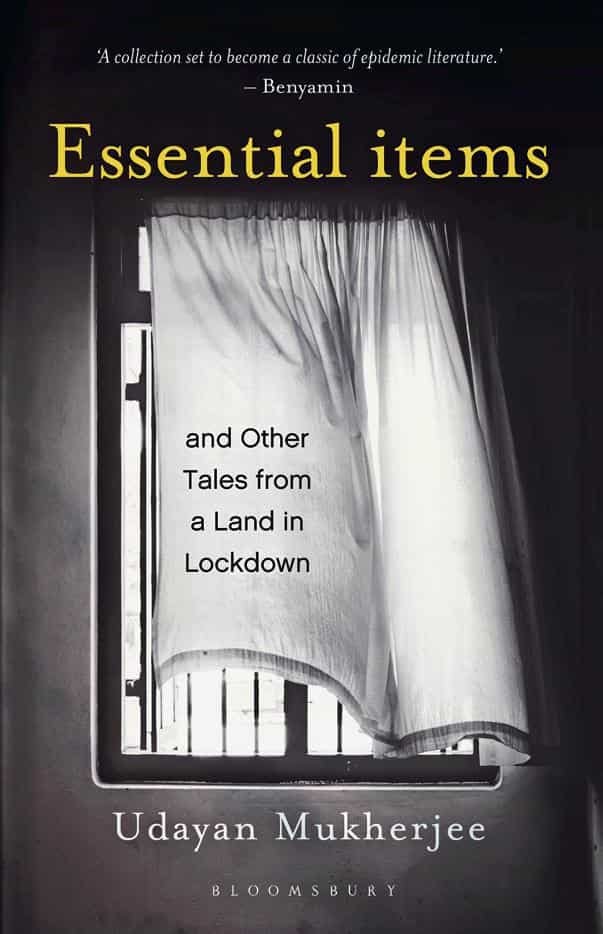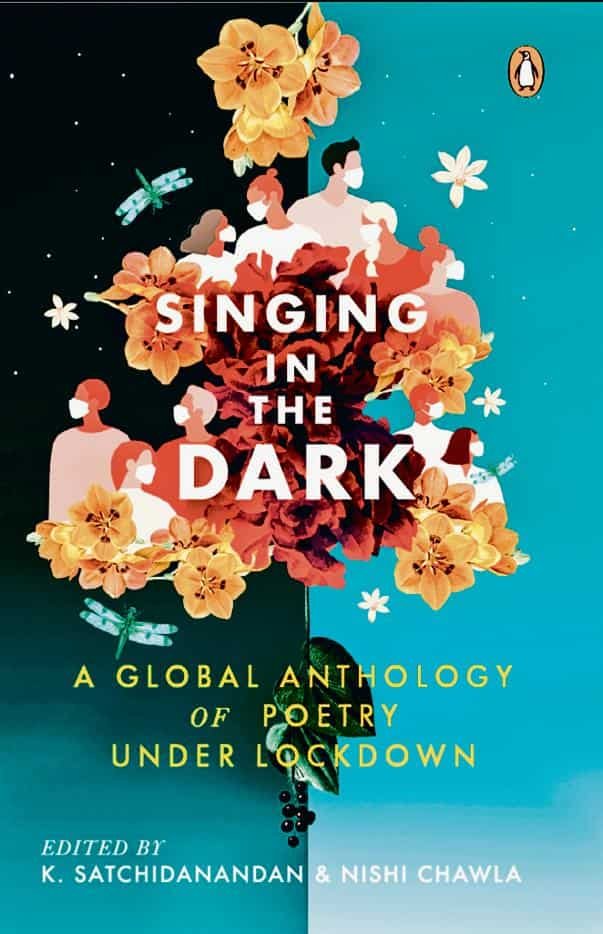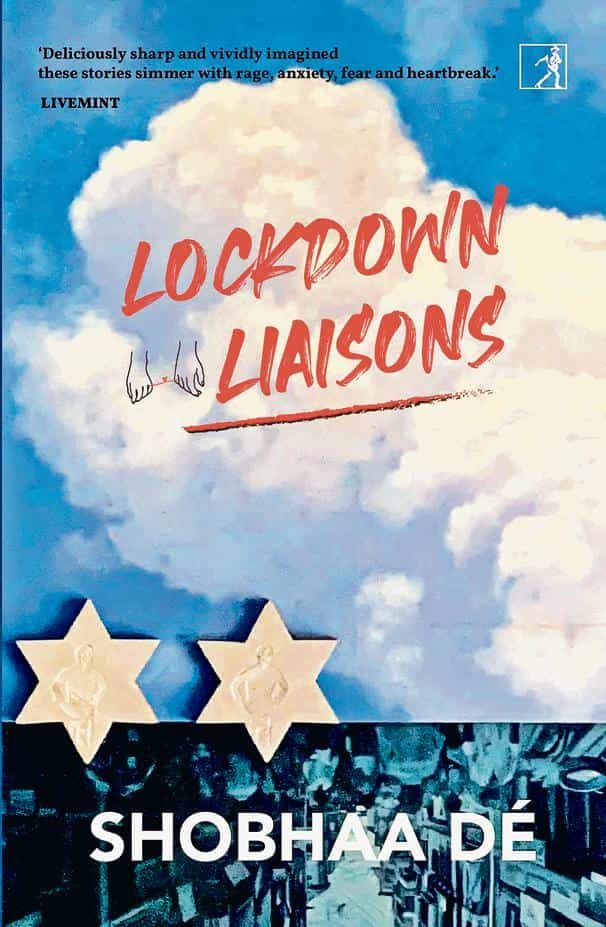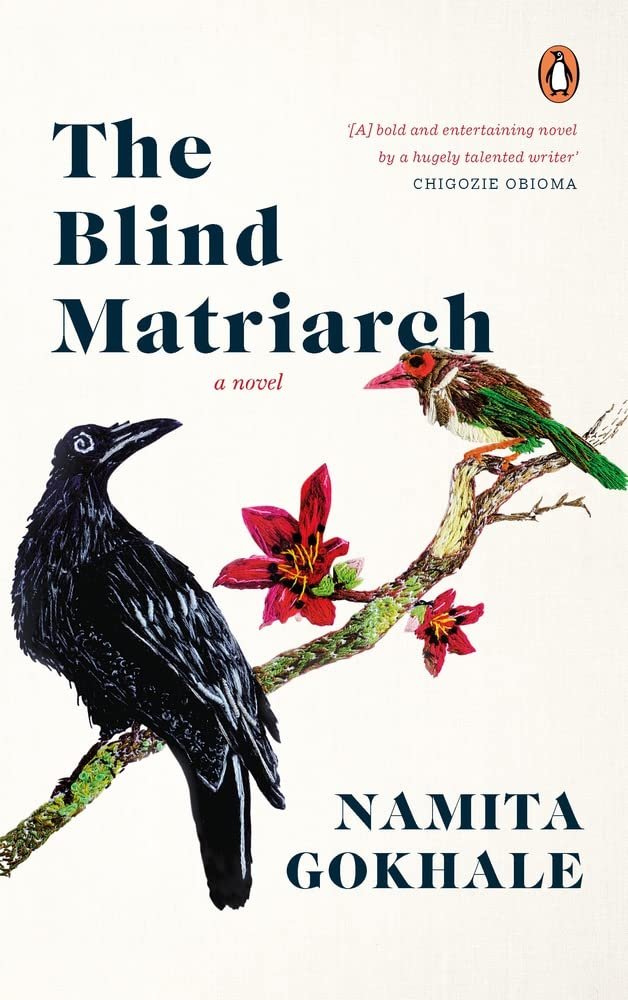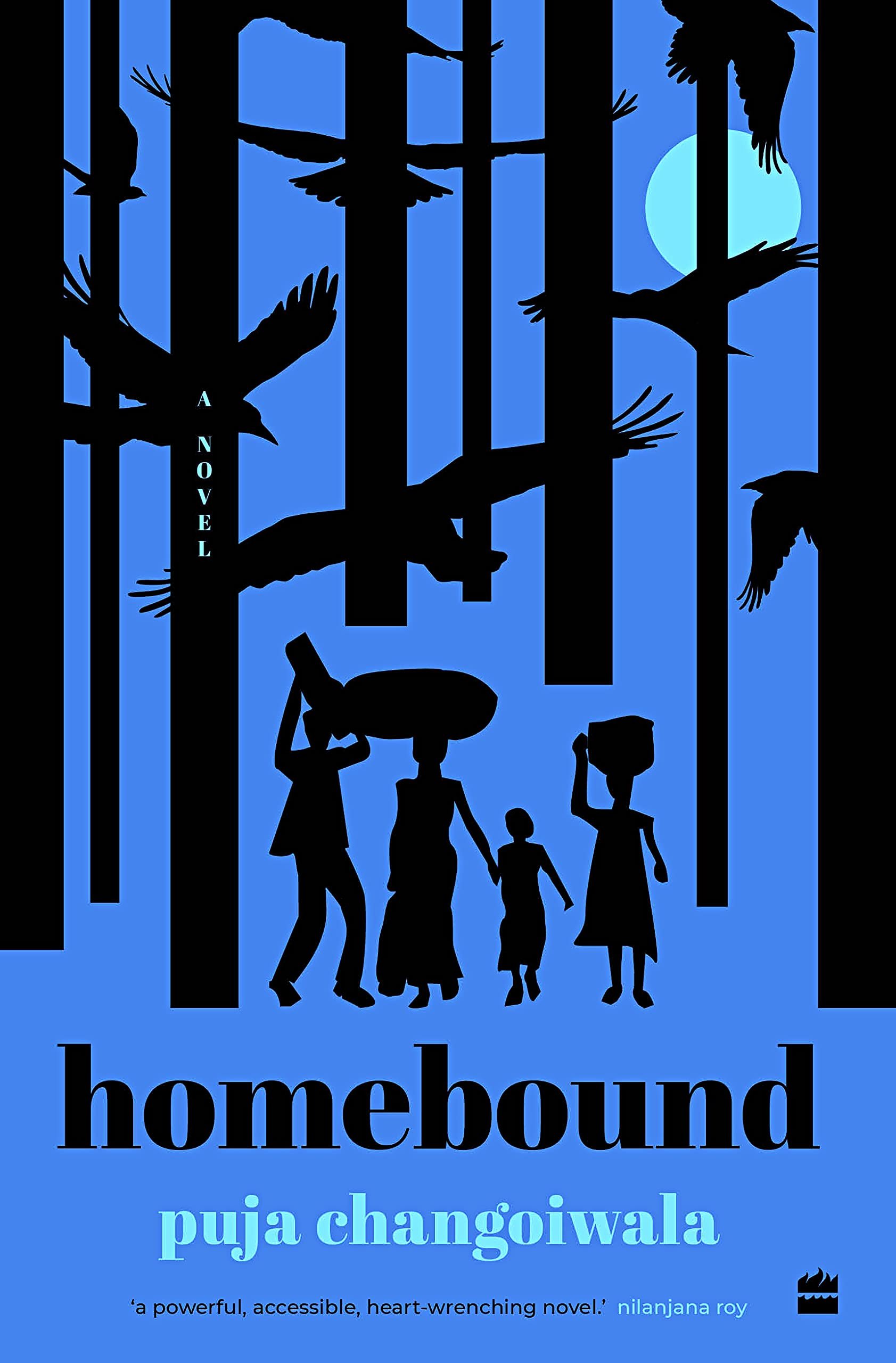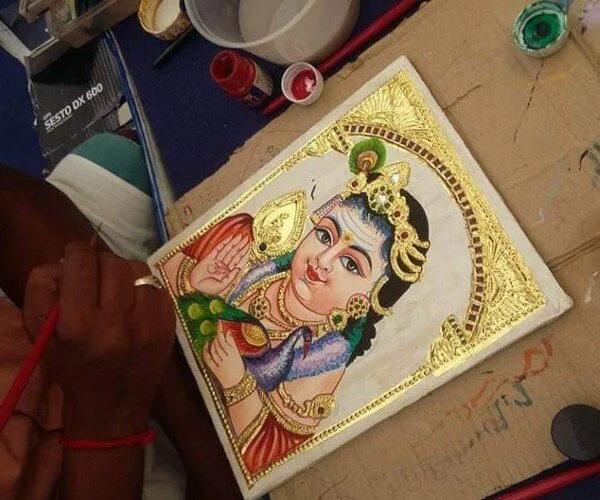In the era of content overload, a set of ‘extremely online’ people have emerged as content ‘curators’, trying to perfect the art of selling their taste for cash or clout
Digital content is endless, tipping us into meaningless scrolling, addictive behaviours online and eventually, content-consumption burnout. A growing tribe of users is now stepping in as curators of this unwieldy world. (Illustration by Kokila B. for Mint Lounge)
(Co-authored with Shephali Bhatt)
People get thousands of likes on their wedding posts. Abhay Arora gets as many on a post about a wedding playlist. Last week, he uploaded a carousel post on his Instagram account, @thatmusicproject, featuring clips from nine popular wedding songs in Hindi and Punjabi. It fetched over 20,000 likes. His cheeky caption pegged itself to the viral news of the moment: “Leaked wedding playlist for Kiara and Sid’s big-fat Indian wedding.”
A few rows below, he has another playlist—a curation of songs that would appeal to 1960s youngsters, 1990s youngsters, and everyone in between. He captions this “Hey (with the intention of)”, a meme-play on a phrasal template that mocks our tendency to use “hey” when we have an ulterior motive for initiating a conversation. He has 45,000 likes for this.
On paper, Arora, 23, is a hotel management graduate from Delhi. On the internet, he is a popular playlist curator. He first started curating mood-based playlists on social media three years ago, as a way to pass time during the early days of the pandemic. Today, studios and streaming platforms regularly approach him to curate playlists to promote key characters from their forthcoming movies and shows for his 300,000 Instagram followers. He has a verified profile on Spotify with close to 18,000 listeners for the 20 curated playlists he has uploaded there. From clubbing to the monsoon to after-midnight blues, he has them covered for every mood.
Arora has made a name for himself as a digital content curator, joining a new tribe of online users who have, over the last few years, swept in to solve an ever-growing problem for anyone on the internet: too much content, too little time. This subset of content curators is taking shape within the creator economy. In a world where most of us passively doomscroll, they actively consume heaps of content to pick out shiny, worthy items to share with the rest of the world. They use the same tools for distribution and monetisation as their creator counterparts and deal with the vagaries of the algorithm much like every other creator, too, all while competing with the same creators for digital ad dollars.
For, whether it is in the ceaseless chatter of articles on magazines, news sites and Substack, or in keeping track of all the releases in a specific genre of music or books this quarter, it is an overwhelming task to sift through it all to find something that makes it worth your time. So people are increasingly acknowledging the need for legitimate, skilled curators, and are even willing to pay if they find value in their curation.
In 2018, roughly 20,000 songs were uploaded every day on music streaming sites like Spotify. Today, that number has increased fivefold to 100,000 songs a day, according to data collated by Music Business Worldwide, a London-based publication covering the global music industry. During the same period, the number of podcasts across platforms has gone up 10 times, from 500,000 to five million, according to multiple reports. Unesco, which keeps tabs on worldwide literacy, estimates that the global publishing industry brings out approximately two million books every year. The self-publishing revolution ensures that the numbers are far higher. To top it off, almost everyone and their brother runs a newsletter now.
In such a scenario, “a curator is like a friend with great taste that you depend on to help you figure out what’s cool and what’s not,” says Lavanya Mohan, a social and content marketing professional. “The content curators I follow spend time thinking about what to put together instead of giving an instant hot take. That draws me in,” she adds. Mohan is a paying subscriber for curated newsletters across interests ranging from economy to fashion. One of them is called Things Of Internet.
Started by Deepak (aka Chuck) Gopalakrishnan, a content and marketing professional, Things Of Internet has close to 500 paying subscribers— ₹400 for a month or Rs. 2,500 for a lifetime subscription. One-tenth of his subscribers have opted for the lifetime option. In the three years since it started, his newsletter format has evolved from offering just one marketing case study to including a dump of good reads often related to the theme of the newsletter, in addition to opinion pieces.
In the podcast Pivot, which Scott Galloway co-hosts with tech journalist Kara Swisher, the author and marketing professor says: “Consumers don’t want more choice, they want to be more confident in the choices presented.” Curators are able to fill that need gap for consumers, explains Gopalakrishnan.
“You would notice that some of the best-performing threads on Twitter carry curated lists of best podcasts, books, the works,” says a product manager, who did not wish to be named. She has worked with social media platforms. “People are looking to hear from a voice of authority to navigate the information overload,” she adds.
*****
For a brief period in internet history, the word “curated” was associated with the pressure of having a picture-perfect social media feed, a mood board of sorts projecting the lives we wanted people to believe we led. But as digital content exploded and social media displays moved from careful curation to mindless “shitposting”, the word gained a more positive connotation. Today, “curated” on the internet implies “distilled” and “decluttered” more than “deceptive”.
The idea of human curators of digital content is not entirely new. During the early 2010s, when online-native content was not yet king and trolls weren’t lurking everywhere, a few international curators had shot to fame. Their success was predicated on their novelty factor. Think, most famously, Maria Popova’s Brain Pickings (now renamed The Marginalian), a compendium of posts that connected excerpts from books, letters and other oddities, which started in 2006. Or Danielle Krysa’s The Jealous Curator, a blog and later Instagram account which describes itself as a way of “turning jealousy into get-your-ass-back-in-the-studio inspiration”.
Launched in 2009, Krysa’s blog led her followers to discover a range of lesser-known artists. She has 277,000 followers on Instagram now but in the first decade of the new millennium, when Artificial Intelligence wasn’t yet as sophisticated (or intrusive), it was the intrinsic value of her effort, in providing an avenue of discovery, that made her a curator to follow.
Back then, Popova would describe Brain Pickings as a “human-powered discovery engine for interestingness”. Today, the emphasis on “human” in her description cannot be overstated. Human curators are in demand even as social media and content platforms train their algorithm to create a “For You” feed.
Spotify, for instance, applies a lot of machine learning and its own editorial curation to facilitate artist discovery. Yet, “one of the biggest paths of growth for many songs and new artists actually happens through user-generated playlists”, says Rahul Balyan, head of music at Spotify India.
Ananth Talam, 28, has witnessed this first-hand as an amateur playlist curator. The digital marketer from Hyderabad made an account on Spotify when it first launched in India, in 2019. “It was hard to find songs of a particular mood or by specific (regional) artists back then, so I started creating playlists…initially just for my cousins and me,” he recalls.
Soon, friends and acquaintances would ask him to suggest songs to play on road trips or during parties, and, a little while later, his playlists began to gain traction on Spotify. Talam has even had young, fledgling artists express gratitude for, and appreciation of, his playlists, while others would message him on social media platforms requesting that he consider including their new songs.
Back then, Talam did not think this was something he could monetise, and he never tried. Newer curators, however, are more confident in the possibilities of monetising a combination of their taste and skills. For instance, Anurag Minus Verma, a podcaster and multimedia artist, recently launched four “premium” curated playlists of rare songs on Patreon, a membership platform that helps creators monetise their content. Each playlist can be accessed for a fee of $5 (around Rs. 400). Minus Verma noted that his social media followers frequently made Spotify playlists out of the rare songs he shared on his Instagram Stories. Given the time and effort he put into discovering new sounds, he thought it was only fair that genuine fans paid for this curated experience. “I have been getting new subscribers on Patreon since then but I provide a lot of content on the platform, so I can’t exactly tell how many are there only for the playlists,” he says.
With such players, curation isn’t only about finding a cleverer way to package already-made content. Curators quite literally forage in the deep woods of the internet to find just the right song, article, poem, piece of art that will make their effort worth paying for. This involves hours upon hours of work and years of practice.
Gopalakrishnan has been hunting for, and compiling, marketing case studies since 2009, when he first started working for a digital ad agency. Talam says he listens to songs for at least eight-nine hours a day (a full workday) to allow himself the space to discover music; Arora says it takes him anywhere between half a day to three to just put together one playlist.
The effort shows. Balyan at Spotify acknowledges that user-curated playlists have also helped identify new trends and tastes. “Genres like lo-fi…actually came about by users adopting them first (into their playlists), the artists taking cognizance of it, and then labels stepping in,” he says. Only then did “the whole machinery kind of kick in”, he notes, adding that close to 200,000 user-made playlists were created on Spotify every single day last year.
Platforms like Spotify also benefit from turning consumers into curators as it gets them to spend more time on the app, one of the determinants of an app’s popularity. There’s another benefit too: “Even though most social media and streaming platforms have an in-house curation team, manual curation is not seen as a priority function at these companies,” says the product manager quoted earlier. “When layoffs happened at some of these places, the majority of their curation teams were wiped out,” she adds.
User-led curation is, therefore, now necessary in more ways than one. “Companies are realising that their curated content flywheel can only go so far. Especially with plateauing audience growth. They need to create and empower enough curators and creators out of the consumers to keep this flywheel of high engagement and consumption going,” adds the product manager. For instance, Spotify not only allows you to follow other users’ public playlists, it also enables collaborative playlists—where a user can invite many other users to add and modify a single playlist with them, in a bid to encourage group curation. Platforms like Substack also allow other newsletters to be recommended to subscribers and encourage creators on their site to double up as curators.
*****
While content curation remains a side hustle for most members of the curator economy, it has helped them build their brand as subject experts and even fetched them lucrative jobs. During the first wave of covid-19 in India, Ankit Kumar, a 24-year-old tech professional, started a WhatsApp group called Random Internet to share interesting articles he found on the internet with other similarly enthusiastic readers. He built the group into a community of 15,000 members in two years and was regularly approached by brands for promotional campaigns. Within a few months of starting Random Internet, Kumar was offered a job at his current workplace, a creator economy monetisation company—its founder happened to be part of the same WhatsApp group and noticed his skills. He discontinued the group late last year owing to lack of time. “But I still get messages from members asking me to resume (it),” he says.
Curation isn’t only about finding a cleverer way to package already-made content. Curators quite literally forage in the deep woods of the internet to find just the right song, article, poem, piece of art that will make their effort worth paying for. (Illustration by Kokila B. for Mint Lounge)
Perhaps the best example of a curator’s outsized influence in a certain domain is that of Rohini Kejriwal, who runs a curated art newsletter called The Alipore Post. She regularly conducts poetry and zine workshops with a good turnout and is offered art direction projects, all because of the newsletter she started eight years ago, much like Krysa of The Jealous Curator had, when going through a low phase in life.
Kejriwal started The Alipore Post in the pre-Substack era, as a space to collect, hold on to and share art (visual, textual, musical) that resonated with her. In 2015, she took to Facebook to ask her friends if they would be keen on receiving a mailer with poems and art that spoke to her, inviting them to share their email ids with her on DM. Less than a year into the project, she crossed 500 subscribers and was forced to move her then daily newsletter to TinyLetter, a service which, unlike Gmail, allowed her to send out emails to more than 500 people at once. In its current weekly avatar, with over 9,000 subscribers, The Alipore Post now runs on Substack.
Thanks to its sustained popularity, “today almost 50% of my annual income comes from The Alipore Post adjacent projects,” says the 31-year-old curator from Bengaluru . She sells The Alipore Post merchandise and annual calendars. Her eight-year-old curatorial project is now “an extension” of her, she says.
When tastefluencers like Kejriwal curate a list of book recommendations—themed and pegged to festivals, notable days, and, most popularly, end-of-year round-ups—on Instagram, Twitter, or Linkedin, publishers see a marked uptick in organic traction towards the books featured. Industry insiders say that while there is no direct, causal way to establish the exact sales figures or revenue from a tastefluencer-led push, their recommendation or testimonial of a book—when included in its marketing campaign as a blurb in print or a quote on e-commerce sites like Amazon—helps drive up rankings. Its position on the Nielsen BookScan, which tracks book sales, also sees an improvement.
On condition of anonymity, a book sales professional notes that “each influencer has a different effect on sales, so it’s hard to establish an industry average...but it is clear that when a curator-influencer is not included in the overall marketing strategy of a book, whether at a publisher level or a book-store level, it takes longer to push it.”
This is also in line with what Aastha Verma, digital lead at Penguin Random House India, says when she notes that exposure through online curators “allows us to measure the success of a book in different, non-immediate terms”. She adds that “while working with influencers for book publicity campaigns, we put in a lot of effort into understanding whether (a particular candidate) should do a review, share an extract, or curate (a list)”.
That companies in various fields are seeing curators as a legitimate way to cut through the clutter and get the word out on something is a testament to their growing importance in the larger creator economy ecosystem. Despite the strides they continue to make, platform algorithms are still not able to satiate our growing need for content tailored to our taste. “Because algorithms are usually heavily trained on data sets from the West and may not show relevant content to users in, say, a country like India, which is a top 3 market for most global consumer internet companies now,” says the product manager quoted earlier. “Further, if you are a light user of their app, you give fewer signals to the platform to train its algorithm into giving you that ‘aha’ moment to keep you coming back for more,” she adds. Curators can make up for that too.
Human curators also bring an element of surprise, says Arora of @thatmusicproject. “I often get an ‘Oh, I wasn’t expecting this song in this playlist’ in response to some curations,” he says. An algorithm may optimise for curating currently popular songs within a genre but Arora may include long-forgotten gems too. “That really impresses them,” he adds.
It’s not all rainbows and butterflies, though. Sometimes, content curators tend to intentionally “gatekeep” the good stuff. In some cases, it’s an engagement strategy. For instance, Arora says he avoids adding a particularly fitting track into a mood playlist at times to elicit a “how could you miss *that* song!” reaction from his followers and increase engagement on a post. Occasionally, he also faces the wrath of his audience for not gatekeeping enough.
Last week, a user hate-commented under one of Arora’s Instagram Reels because he used Hum Jab Door Ho Jaenge, an obscure song by singer-songwriter Osho Jain, for the visuals of the song Tere Liye from Veer-Zaara (2004), featuring Shah Rukh Khan and Preity Zinta. “I was gatekeeping this song, I hate you so much *angry red-face emoji*,” the user wrote. With their influence in shaping people’s taste in music, curators can expose an “unsullied” song to the mainstream internet: an organism hungry for fresh melodies which can be mutilated to serve a bottomless pit of trending audios for short-video-sharing platforms.
The FOMO (fear of mainstreaming out, in this case) is real. Kumar of Random Internet say he has been gatekeeping a blog he discovered recently because he worries that if the writer is discovered by more people, their motivation to write may change. “When you have a huge audience, you start thinking about the number of people who are giving their time to you and that can create unnecessary pressure,” he says.
*****
The curator economy, then, has emerged as a small but strong part of the creator economy. Since it appears to the unacquainted that they don’t really create anything from scratch, it might be tempting to give this subculture the status of a “second-class citizen” in this space. However, not everyone can dream of breaking into the curator economy.
A low entry barrier formed the centrepiece of the creator economy’s growth story. The curator economy, on the other hand, is tough for a fresh curator, unless they have a completely different point of view or something unique to offer consistently, says Gopalakrishnan. To produce one pay-walled newsletter every week, for instance, he reads several pay-walled articles himself, spending close to a lakh on premium subscriptions every year.
Individual content curators also have to contend with the lack of adequate monetising opportunities, or at least those on a par with creators. “Typically, brands will pay curators 40-50% of what they will pay a creator with the same following,” says Praanesh Bhuvaneswar, CEO of Qoruz, an influencer data analytics firm. Brands don’t see them as key opinion leaders but as “resharers”, he notes. “They are seen as an alternative to creating an ad and boosting it on Instagram. Even the number of deals they get is very low compared to creators with the same following or even lesser in the same domain,” adds Bhuvaneswar.
There’s another competitor curators have to keep in mind: aggregators. “While individual curators have the freedom of expressing their opinion through their curation, aggregators, which are effectively ‘lite’ media organisations , tend to have more money and hands on deck to ensure consistency of output,” notes Subrahmanyam K.V.J., (SuB8u on Twitter), who works for a global consulting firm in Mumbai and runs a weekly tech newsletter, Curated Commons.
The curator culture also treads murky territories when it comes to copyright and disclosure labels. “If I am the author and the owner of the content, I have multiple rights under the Copyright Act, like the right of reproduction, public performance, adaptation…. All these rights get impacted when my content is curated on the internet,” says Abhishek Malhotra, an intellectual property rights lawyer and managing partner of TMT Law Practice.
“Broadly, authorship rights are covered if there is proper attribution. But if the curator makes commercial gains, my ownership rights come into play,” he says. In general, there is also a lack of understanding of copyright law and a lack of enforcement of rights on the part of the author/owner, Malhotra notes.
Additionally, content curators (much like content creators) may also not always disclose sponsorship deals upfront while recommending something as part of a curated list, notes Shweta Mohandas, a policy officer at the Centre for Internet and Society (CIS). Or they tuck it away almost unnoticeably, towards the end of a post. This makes it difficult to trust them.
“Also, there’s a veil of anonymity with a curator since you don’t see them, you don’t know who the person is…,” she adds. In addition to the trust factor, this brings two more distinct issues. One is that a curator loses out on any parasocial relationships that creators who show their faces and lives to their audiences tend to have with their followers, says Mohandas. The second, according to Arora, is that curators end up making less money than creators because they lack “face value”—“I know creators…get a lot more (because of said face value),” he says.
There is mettle to curation though, Mohandas notes. Seen in the larger context, the one lasting advantage is that curators can continue to bring to their audience the-best-of very many different things, whereas genre-specific creators can run the risk of their shtick getting outdated.
This is exactly what Arora picks up on. When asked if his family worries about a “more stable career”, he is not frazzled. “They are quite okay with it… (I am) earning well at 23 and that’s what they want right now. They feel like kuch na kuch toh karlega (he will do something or the other).” Arora is confident: With release after release of “shows, movies, series, and also releases by indie artists…there is just so much going on right now”. He knows his curatorial intervention is not only required, but also loved. It is pretty much his way of saying “hey” (with the intention of “curator economy is here to stay”).
This was first published as the cover story in Mint/Mint Lounge on 18 February, 2023









